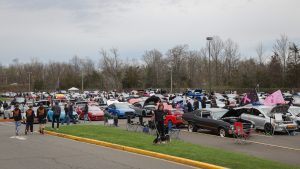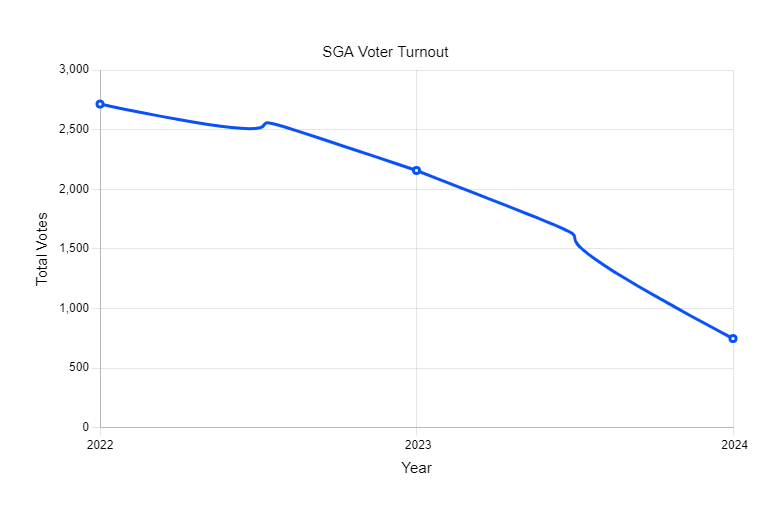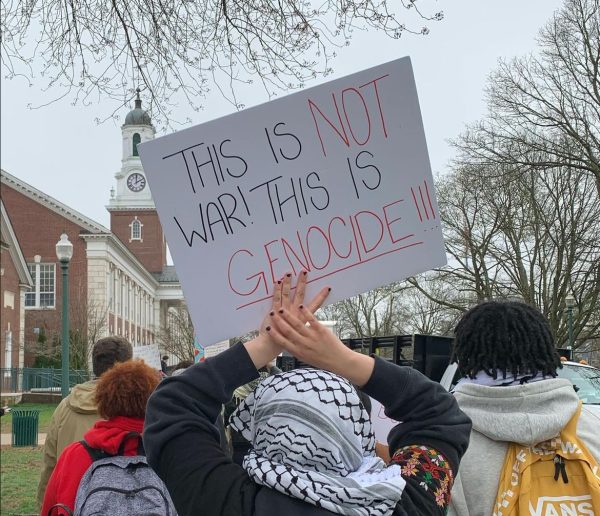The Truth Of The New Orleans Massacre
November 13, 2019
White supremacist violence and terrorism are nothing new but acknowledging there is such a thing is quite taboo in our society. Even with mass shootings being perpetrated seemingly every other week by mostly white men, we stop short at using the T-word.
Take the Charleston Church shooting, the Charlottesville attack and the El Paso shooting. All three of these terrorist attacks happened within the last four years, but you’ll hardly ever hear them referred to for what they are.
American history is littered with violent, racially motived events, largely whitewashed from national consciousness. The New Orleans Massacre of 1866 is one such event.
Following the bloody and destructive events of the Civil War, the nation entered a nearly 15-year stretch known as the Reconstruction period. The country was trying to lick its collective wounds and heal, but that’s not all.
Reconstruction was also the term used for the changes, or attempted changes, going on in the South. A Confederate surrender in the Civil War forced the 11 southern states that made up the Confederacy to rejoin the Union and thus conform to the standards and laws of the Union.
Though slavery was formally abolished, the radical Republicans of the time —not to be confused with the Republicans of today— had more lofty goals for the rights of the freed African Americans. The Republicans didn’t want to stop at the liberation of slaves, they wanted complete enfranchisement of African Americans, meaning formal citizenship and equality for the former slaves. Needless to say, Southerners and the Democrats of the day were not too keen on this proposition.
With people of color still disenfranchised, lacking the right to vote, the restlessness in the South began to come to a head. A violent and deadly riot broke out in Memphis in May of 1866. Not long after, on July 30th, what was then known as the New Orleans race riots occurred; today, it is now known as the New Orleans Massacre.
The free African Americans wanted a seat at the table of the Constitutional Convention, where a new state constitution was being drafted, to advocate for their right to vote. However, the former Mayor of Confederate New Orleans, John T. Monroe, was determined for the blacks not to get it. He led a mob that included policemen to interfere with the protesters. The two parties collided and violence ensued.
Dispatches reported by The New York Times said that those in the convention were prisoners in the Mechanics’ Institute, where the convention took place.
The mob and police had arrived, violence erupted and now several black protesters were lying dead in the streets. Police had forgone trying to arrest protesters, opting to kill them instead. In later dispatches, the body counts rose. Some politicians in the convention were arrested, some were wounded while two others died attempting to escape the mob.
Later reports by The New York Times said that the police exercised appropriate force to try to quell the black protestors and lauded praise. They made certain to note that, “[Richard] Cerus was the only white person killed.”
The Connecticut Courant took a different approach, calling the events “horrific” and said that “the South can never be truly free, nor ever vindicate her claim to be the moral equal of the North, until such disgraceful occurrences as this cease to follow the attempt to exercise the right of free speech.”
None of the members of the mob faced any sort of reckoning for their acts of violence that day. The Constitution of Louisiana was passed though and African Americans were free, but they were still disenfranchised. Even after the protests, the deadly retaliation by the white mob and police, black men were still denied the right to vote. It wasn’t until two years later that black men gained the right to vote.
The exact death toll remains unknown, estimates vary wildly, likely because, as The Times made sure to point out, all but one of the people killed that day were black.










